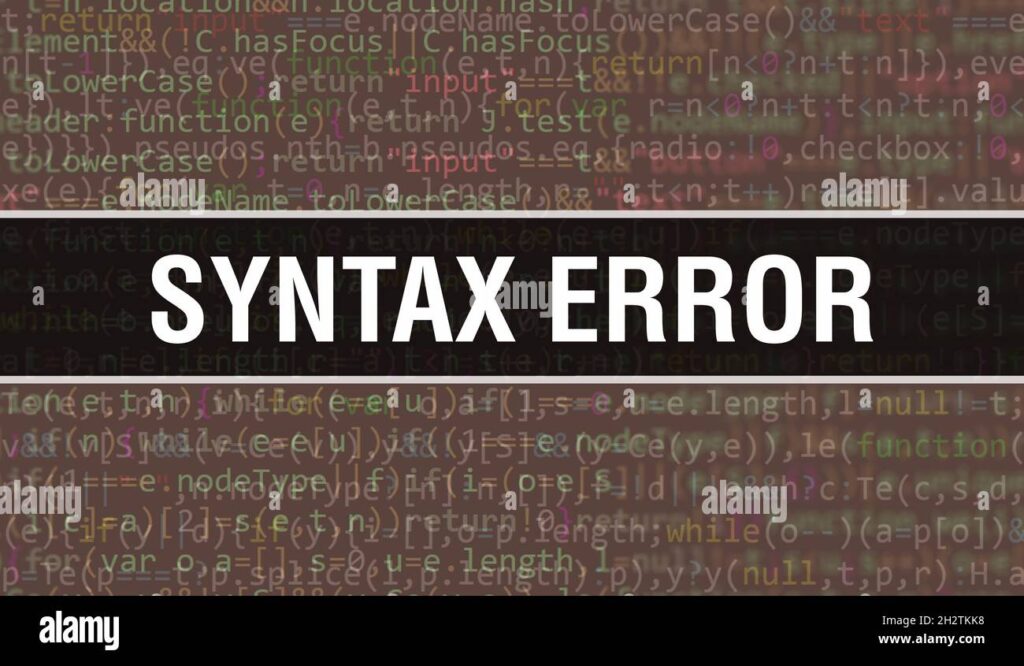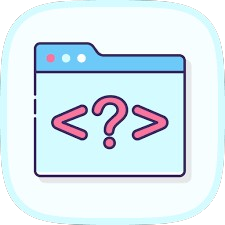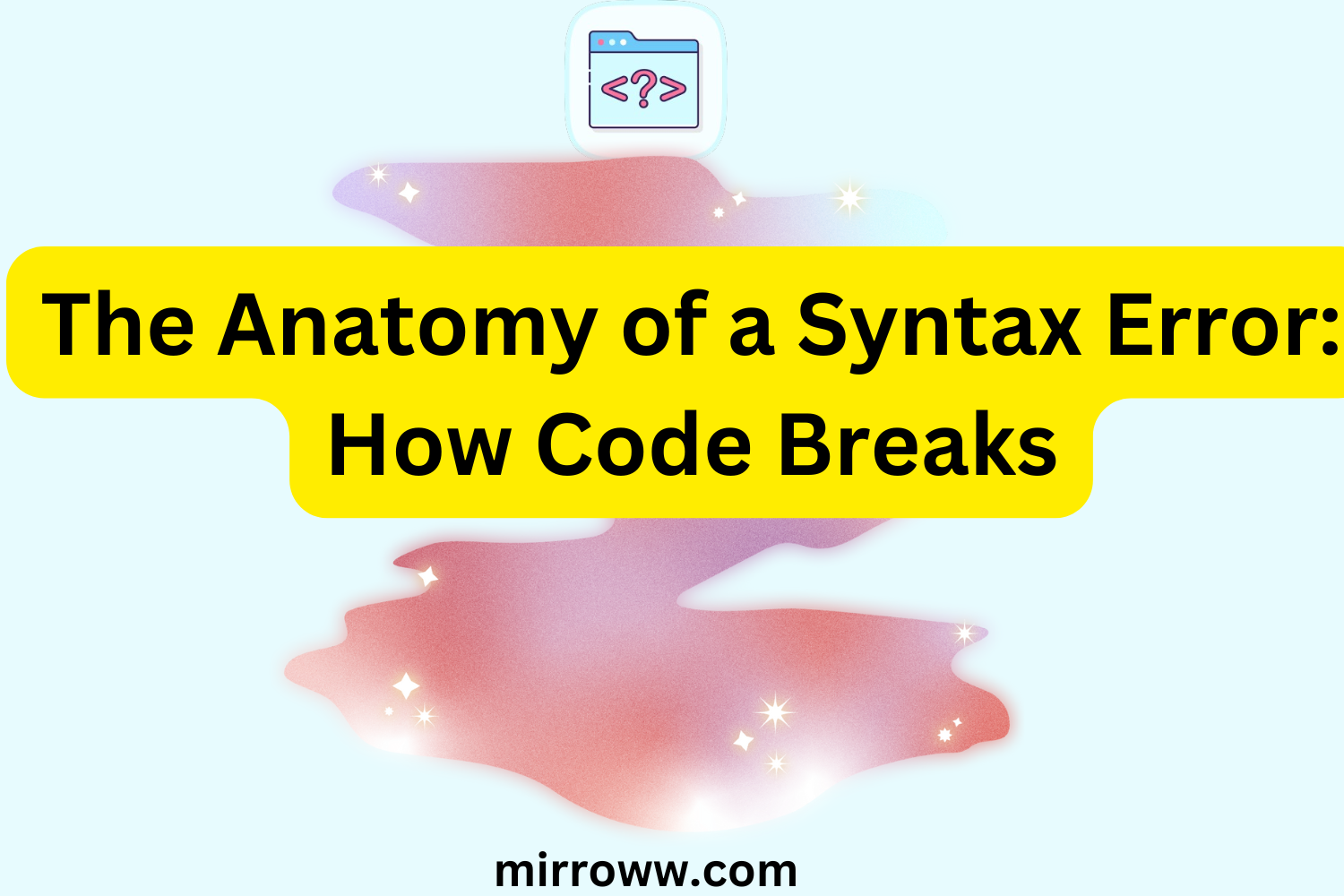Ah, the dreaded syntax error. If you’ve ever written code, you’ve likely encountered this unruly beast. It’s the programming equivalent of a grammatical blunder in a formal letter—except this one stops your entire project dead in its tracks. In this article, we’ll break down the anatomy of a syntax error, exploring why they happen across different programming languages, and more importantly, how to avoid them.

What Is a Syntax Error?
Before we dive into specifics, let’s clarify what a syntax error is. In programming, syntax refers to the set of rules that define the combinations of symbols and characters considered valid by a programming language. A syntax error occurs when code violates these rules, leaving the interpreter or compiler scratching its metaphorical head. Think of it as trying to write a Shakespearean sonnet but accidentally throwing in modern slang—the purists won’t have it.
Common Causes of Syntax Errors
1. Typos and Misspellings
Let’s face it: humans aren’t perfect. A missing semicolon, an extra curly brace, or even a single misplaced letter can lead to chaos. For example, in Python, forgetting to close a string with a quotation mark will result in an error:
print("Hello, World!) # Missing closing quotation mark
2. Misunderstanding Language Rules
Every programming language has its quirks. What flies in JavaScript might crash and burn in Java. For instance, JavaScript doesn’t care much for declaring variable types:
let x = 10; // JavaScript: Cool.
But try this in C++ without declaring the type, and you’ll get a stern reprimand:
x = 10; // C++: Sorry, what is 'x' supposed to be?
3. Indentation Errors
Python is particularly notorious for this. Unlike many languages that use braces to define code blocks, Python relies on indentation. Even a single extra space can cause a world of pain:
def greet():
print("Hello")
print("World") # Extra indentation here
4. Mismatched Parentheses or Braces
Balanced symbols are crucial in almost every language. A missing or extra parenthesis, brace, or bracket is one of the most common culprits:
public class Main {
public static void main(String[] args) {
System.out.println("Hello, World!"; // Missing closing parenthesis
}
}
5. Improper Use of Reserved Keywords
Programming languages have reserved words you can’t use as variable names. Forget this, and you’re in for a rude awakening:
let function = 42; // JavaScript: Nope, 'function' is reserved.
How Syntax Errors Differ Across Languages
Python: Strict but Friendly
Python’s interpreter is like a gentle teacher. It provides clear error messages, often pinpointing the exact line and nature of the issue:
SyntaxError: unexpected EOF while parsing
Java: A Stickler for Detail
Java’s compiler doesn’t mess around. It demands strict adherence to syntax rules and will bombard you with error messages if you slip up:
error: ';' expected
JavaScript: The Laid-Back Rebel
JavaScript is more forgiving, but its flexibility can be a double-edged sword. Silent failures (errors that don’t throw exceptions but cause unintended behavior) are common.
C++: The Tough Love Mentor
C++ has a reputation for being strict. Error messages can be verbose and cryptic, requiring careful analysis to decipher:
error: expected ‘;’ before ‘return’
Debugging Syntax Errors
Now that we’ve diagnosed the problem, let’s look at some strategies to squash these bugs:
1. Read the Error Message
It sounds obvious, but the error message is your best friend. It’ll often point you directly to the offending line of code.
2. Check Your Code Line by Line
Slow down and read through your code carefully. Sometimes, errors are as simple as a missing comma.
3. Use a Linter
Linters are tools that analyze your code for potential errors before you even run it. They’re like spellcheck for programming.
4. Break Down Complex Statements
If the error isn’t immediately clear, try breaking down complicated lines into smaller, simpler statements.
5. Consult Documentation
When in doubt, refer to the official documentation. It’s the ultimate authority on syntax rules for any language.
Read more: Syntax Errors vs. Logic Errors: What’s the Difference?
Avoiding Syntax Errors
Prevention is better than cure. Here are some tips to minimize syntax errors:
- Use an IDE or Code Editor: Modern editors like VS Code and PyCharm highlight syntax errors as you type.
- Follow Coding Standards: Adhering to a consistent coding style can make your code more readable and less error-prone.
- Practice Regularly: The more you code, the more familiar you’ll become with the quirks of different languages.
Final Thoughts
Syntax errors may be frustrating, but they’re also an integral part of the learning process. Each error teaches you something new about the language you’re working with. So the next time your code breaks, take a deep breath, channel your inner detective, and remember: every great programmer was once a syntax error novice.
Ready to debug your skills further? Start experimenting with different languages and let those errors guide your growth. Because in coding, mistakes are just stepping stones to mastery.

